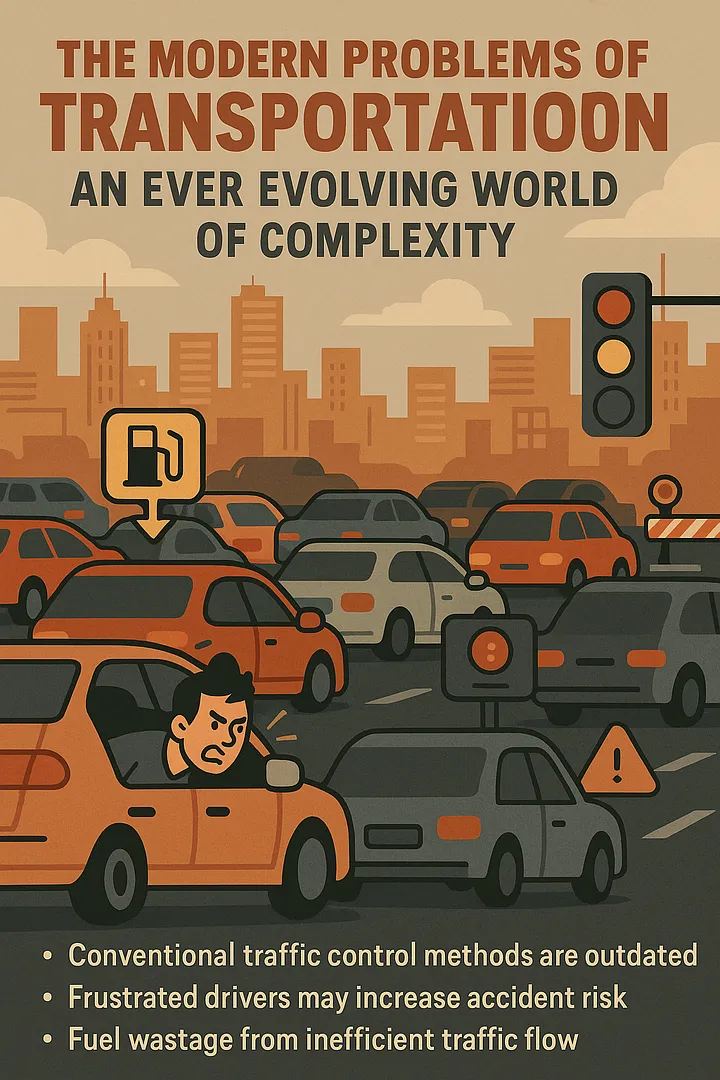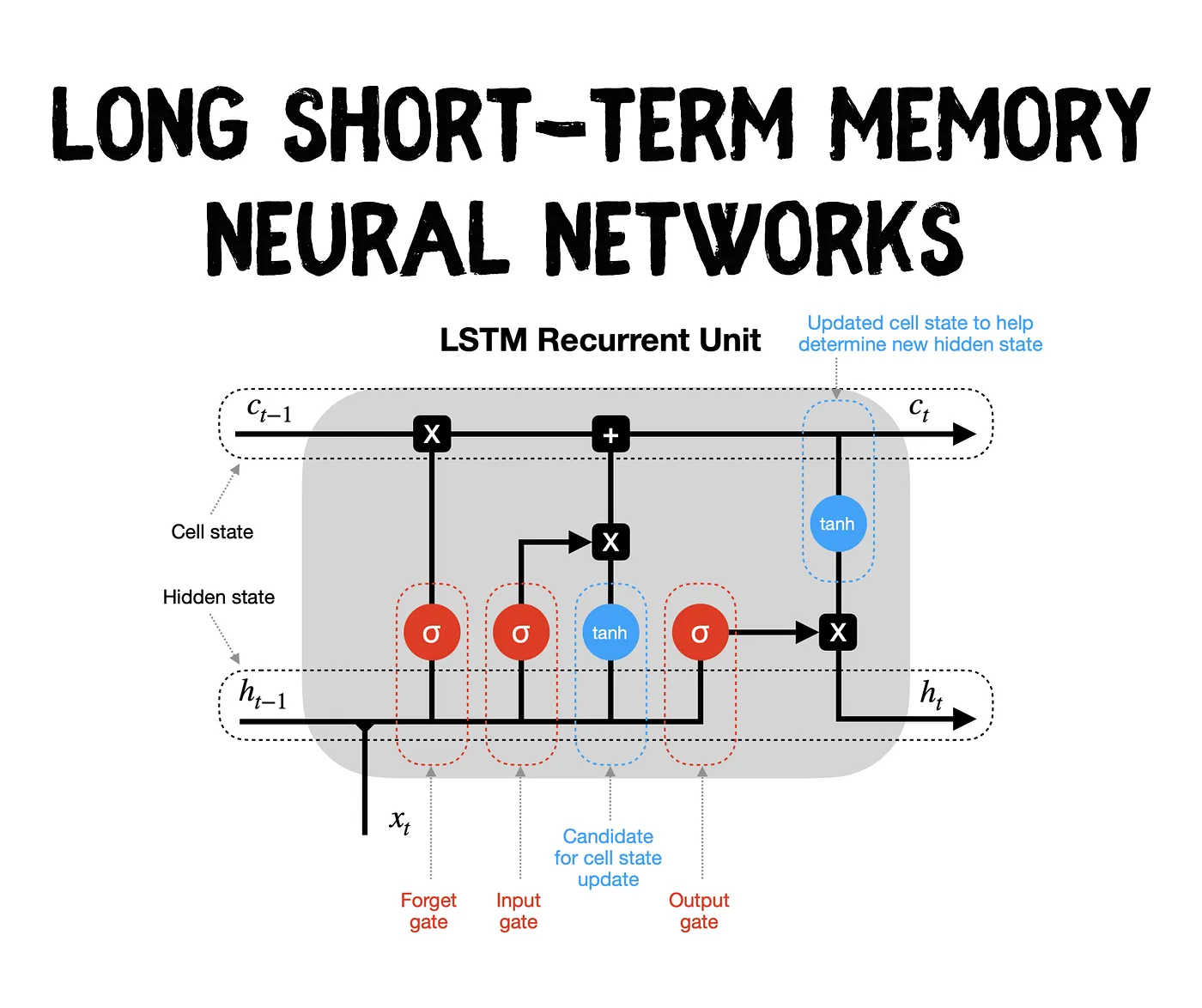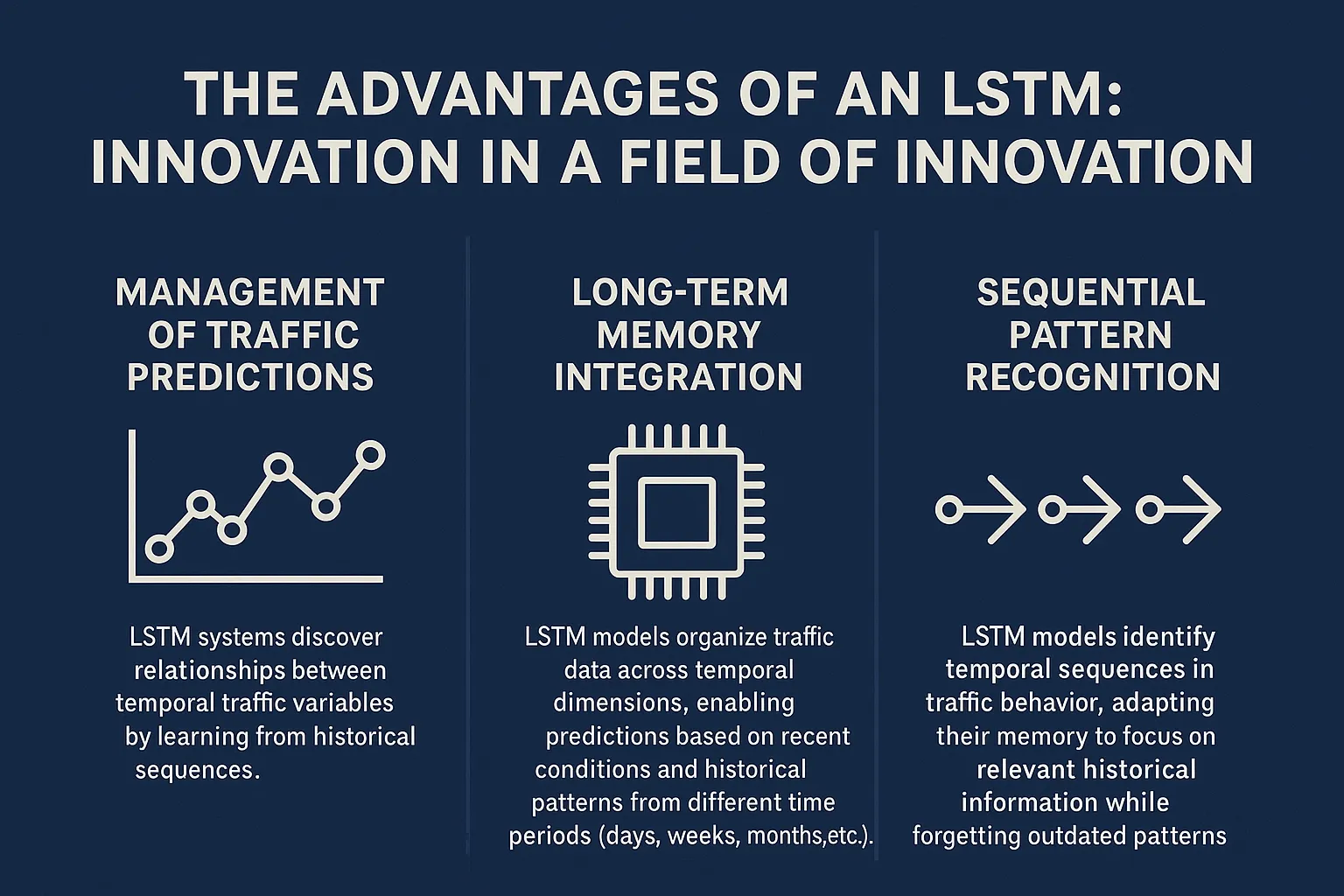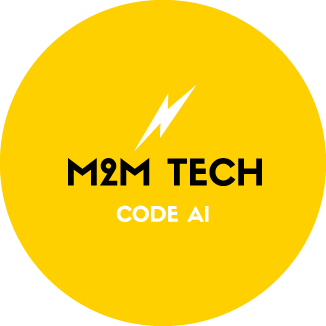Only a couple decades ago, traffic management solely relied on timed signals and manual observations, even having the widespread implementation of traffic control people. With today's modern cities reaching new heights with buildings reaching the skies and urban sprawl continuously growing, traffic congestion in terms of lost productivity can cost billions of dollars year on year. Today, many city planners are turning to LSTM (Long Short-Term Memory) neural networks more than ever to analyze these complex temporal traffic patterns and predict the optimal flow of traffic in real-time. These systems have already been implemented in Madrid, Seoul and China amongst other areas achieving 30–35% reductions in prediction errors and over 90% accuracy in traffic predictions.
Introduction to LSTM Networks
LSTM networks are a specialized type of neural network designed to understand and learn from data over time. Unlike traditional computer programs which analyze each piece of data individually and in isolation, LSTM networks connect data points together, attempting to understand how previous events may have led to current ones. Maintaining short-term and long-term memory makes them ideal for applications where timing and sequence matter — in this case, forecasting traffic patterns. The “memory” aspect allows these networks to learn complex relationships between events that happened at different times which is crucial for optimizing traffic flow, a very time dependent issue.
The Modern Problems of Transportation: An Ever Evolving World of Complexity
Any major city experiences hundreds of thousands or even millions of vehicular movement daily, creating a modern nightmare for traditional traffic management systems. Conventional traffic control methods, while useful for small scale traffic control and emergency situations, are outdated and susceptible to failure in response to the chaotic nature of modern urban city expansion. For instance, if traffic lights remain to operate only on fixed timers, they will cause unnecessary delays and fail to adapt when unexpected events such as natural disasters or crashes occur. From this inefficient traffic control two major problems. One is where drivers can become frustrated which can lead to them acting reckless out of anger leading to fatal accidents and the second being fuel wastage occurring from the failure to optimize routes and reduce congestion through intelligent planning and coordination. The challenge becomes even more complex when factoring in all the different dimensions of traffic such as time of day, weather, holidays, construction, etc. These patterns of traffic are constantly evolving. rush hour may have been simple to predict five years ago however with the rise of remote work, changing demographics and Gen Z entering the workforce the once predictable rush may not be so predictable in a couple of years. Without the implementation of intelligent systems, these transportation systems will remain reactive rather than proactive and fall behind quickly with the new developing modern trends.

Innovation of Motion in Motion: LSTM Networks to the Rescue
LSTM networks in transportation are algorithms designed to recognize temporal patterns in traffic data and make predictions based on that. Unlike traditional neural networks that process each piece of data separately, LSTMS have a unique “memory” allowing them to remember the most vital information from previous years, and tossing away any irrelevant details. This memory system works by combining three components in unison to achieve this result called gates. The first gate, typically called the forget gate, determines what old information is not relevant in predictions and discards it. The second gate, the input gate, determines what new information gained is valuable enough to be deemed storeable. The third and final gate, the output gate, controls what information to use for upcoming predictions. A great example to contextualize these three gates working together is that of a person driving to work in the morning. This person might leave his home at 8 AM to drive to work since they know that traffic is heavy at 9 AM (important information to keep) but forgets/discards the accident that occurred near his regular route three days ago (irrelevant for today's planning as it was a one-off event).
These LSTMs are being implemented on a broader scale as they excel at analyzing historical traffic patterns so they can predict the future with high accuracy. These LSTM models can process days, weeks or even months of traffic speed data which is collected every few minutes (the whole dataset potentially being tens of thousands of rows). For example, the network may learn that the slowing of traffic typically begins at 7:30 AM and starts clearing by 9:00 AM on weekdays where there's no holiday. However, LSTM also has the capability at looking at many other factors that may be potentially influencing decisions such as certain weather conditions. The LSTM uses its memory gates to remember historical context while still taking in real-time inputs allowing it to determine if current predictions are expected or abnormal. For instance, if the upcoming Monday is a work holiday, roads will likely be less congested at the normal peak times, allowing the LSTM to remember and learn that holidays are less busy at early morning times. This extraordinary predictive capability enables traffic management systems to adjust the timing of signals, alert drivers to alternative routes to avoid traffic congestions, or communicate with public transit services to handle demand in real-time.

The Advantages of an LSTM: Innovation in a Field of Innovation
LSTM models can identify subtle temporal correlations that traditional systems typically miss or don't even identify at all. By representing various features that affect transportation, LSTM models provide advantages that other machine learning models can't compete with.
Management of Traffic Predictions: LSTM systems discover relationships between temporal traffic variables by learning from historical sequences. Algorithms automatically identify patterns in time-series data without explicit coding needed. While other similar models such as CNN's (Convolutional Neural Networks) have similar attributes LSTM models specifically learn and remember from these sequences while CNN's just detect primary spatial patterns.
Long-term Memory Integration: LSTM models organize traffic data across temporal dimensions, enabling predictions based on recent conditions and historical patterns from different time periods (days, weeks, months, etc.).
Sequential Pattern Recognition: LSTM models identify temporal sequences in traffic behavior, adapting their memory to focus on relevant historical information while forgetting outdated patterns which is the result of the three gate system LSTM have discussed earlier.

Impact: The Future of Urban Mobility Through AI
LSTM-based traffic optimization demonstrated remarkable results where intelligent traffic management systems using LSTM networks have seen significant improvements in travel time prediction accuracy which has led to substantial reductions in travel time. Though not every country has yet implemented the use of LSTM models, the future of urban transportation lies in these temporally-intelligent systems that learn, remember, and evolve alongside our societies allowing for more sustainable transportation networks for everyone.
Want to learn more about building AI solutions in your field? Reach out to M2M Tech at contact@m2mtechconnect.com to learn more.
Contact Us






